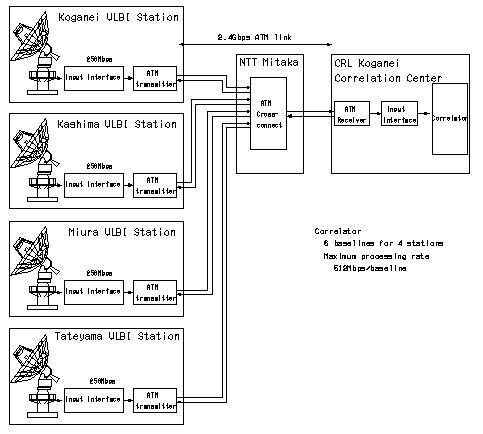
Figure 1 shows the block diagram of the real time VLBI in the KSP project.
The main target of this project is monitoring the crustal deformation in mm order level daily for the study of earthquakes.
For this purpose the real time VLBI, real time received data transmission and quick data processing, is being planned in cooperation with NTT (Nippon Telephone and Telegraph Co.), with high rate digital data transmission links among the KSP stations.
This report describes the concept of the real time VLBI which is now under construction.
Some of them are
On the other hand, nowadays high rate digital data transmission links using optical fiber cable are available or under development which have the transmission rate of several hundred Mbps or exceed 1 Gbps.
The real time VLBI using such a high rate digital communication link will be one of the "breakthroughs" of VLBI to improve the performance and to shorten the duration to output the final data.

The received signal is digitized by the acquisition system at each station and transmitted to the correlation station by using high rate ATM (Asynchronous Transfer Mode) link through the ATM transmitter.
The transmitted data from each station are combined at the ATM cross-connector at NTT Mitaka and transmitted to the correlation center located at CRL Koganei. The ATM receiver placed at the correlation center absorbs the jitter of the ATM cells and transmission delays using memories.
Each ATM link has the ability of 2.4Gbps transmission rate, but we use the VLBI sampling rate of 256Mbps to keep the compatibility to the recorder base VLBI experiments.
The correlator which is used in the real time VLBI is basically a same as the tape-based one, and it has the processing rate up to 512Mbps. After the real time VLBI using 256Mbps sampling rate technology will be confirmed, we will challenge higher rate data sampling for the next step.
But the regular base real time VLBI operations will be started after
careful comparison with the recorder base VLBI experiments. The
preliminary data will be presented in the next TDC's news.